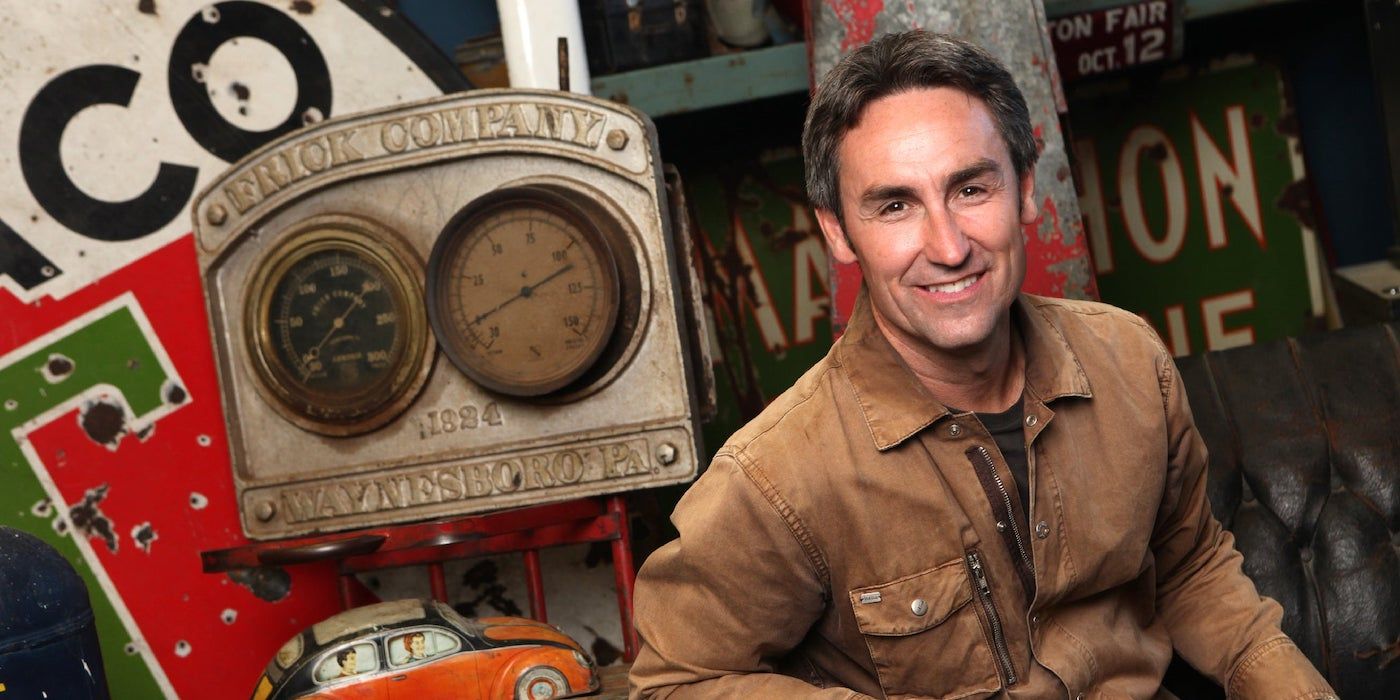How Costco hacked the American shopping psyche
ANCHORAGE, Alaska – When it opened in 1984, the Costco on West Dimond Boulevard in Anchorage, Alaska, did not seem like the future of food. A glorified shed the color of stale coffee, the warehouse offered the sort of products and deals Alaskans go crazy for: mammoth quantities of staples such as peanut butter and tomato sauce, along with local favorites such as caribou sausage. The state’s extreme environment and the need to travel hours or even days for groceries made it a hit right off the bat.
Today the parking lot, full of jacked-up 4x4s on studded tires and mobile homes that look more like mobile fortresses, has a bit of an edge for a grocery store. There’s something edgy about the inventory, too: neoprene survival suits, meat grinders, gun safes.
Though the Anchorage location, one of the retailer’s first, once seemed like a survivalist outlier, today it shows how visionary Costco was.
In 2020, about one-quarter of the population stockpiled nonperishable foods,” said Jennifer Mapes-Christ of the market research firm Packaged Facts.
Nearly one-third of U.S. customers shop at Costco. It is the third-largest retailer in the world, behind only Amazon and Walmart.
But the success of Costco goes far beyond hoarding. The company has hacked the psyche of the American consumer, appealing to both the responsible-shopping superego (“Twelve cans of tuna for $18!”) and the buy-it-now id (“I deserve that 98-inch flat screen”).
Ostensibly, Costco is a discount store, a place to save money and stretch your grocery dollar, but it is also an aspirational shopping experience, feeding that most American of appetites: conspicuous consumption.
Few companies have greater influence over what we eat (or wear, or fuel our cars with, or use for personal hygiene). Costco dominates multiple categories of the food supply – beef, poultry, organic produce, even fine wine from Bordeaux, which it sells more of than any retailer in the world. Its private label, Kirkland, generates more revenue than towering brands like Nike and Coca-Cola.
For all its success, the company is not well understood. The top brass are insular and secretive. And beyond quarterly reports, Costco rarely discloses anything of its inner workings.
But to Charlie Munger, the billionaire investor and Warren Buffett’s right hand at Berkshire Hathaway, the balance sheet speaks for itself. In one of his last interviews before he died last year, he was succinct: “It is a perfect damn company.”
‘Everything was about trust’
Once Costco members – 134 million worldwide – enter the fold, they rarely leave.
Indeed, devotion to the brand is so avid it has inspired tributes on social media, bits on late-night shows by celebrities hoping to seem relatable and even a book, “The Joy of Costco.”
Its founder was a Bronx-born lawyer with utopian ideals and strict morals.
Sol Price, born in 1916, was the son of garment workers from Minsk, Poland, and belonged to the generation of displaced Jews and other Europeans who thrived in New York’s small businesses. In the 1920s, the family moved to San Diego.
After law school at the University of Southern California, Price started his career representing grocers and other merchants. In the 1950s, Price began converting empty San Diego warehouses into members-only bazaars where for a small fee, shoppers could get everything from hosiery to cigarettes at wholesale prices. The key to the business, called FedMart, was simple: keep members renewing year after year.
In 2003, Price described his philosophy to Fortune magazine as “How do we sell stuff at the lowest markup?” The overriding goal, he said, was “to look at everything from the standpoint of, is it really being honest with the customer?”
Through a series of mergers over the years, Sol Price’s FedMart became what we know as Costco in the 1990s. To an uncanny degree for a modern corporation, the company, now headquartered in Issaquah, Washington, has remained true to Price’s vision. It is still relationship-minded, and members seem satisfied, renewing at a rate of 93%. Last quarter, the membership fees accounted for $1.12 billion, about two-thirds of Costco’s $1.68 billion total net income. The dependence, in other words, remains mutual.
‘A giant ecosystem’
Four thousand miles south of Anchorage, in Sugar Land, Texas, no one flies in by bush plane to shop. But in this swampy Houston suburb, life orbits around Costco just the same.
The site of a former prison farm for the sugar industry, Sugar Land has transformed in recent years into an interlocking complex of master-planned communities. In June, Costco opened Warehouse No. 882, its third in the area, on a prime piece of land.
Related
‘American Pickers’ Star Mike Wolfe’s Antiques Shop Faces Backlash for…
American Pickers host Mike Wolfe has recently come under fire, and it has to do with his antiques store, Antique Archaeology, in Nashville. The U.S. Sun has re
S.Coups’ Favorite K-Beauty Brand Is Now Available in America: Shop…
The SEVENTEEN star was announced as the brand ambassador for the skincare brand last year.
The trade war is here. You’ll notice it at the…
Canadians' pocketbooks will likely be the victim of a prolonged trade war with the U.S., with the prices on consumer goods potentially rising over the next week
American booze taken off shelves and stacked in shopping carts…
Open this photo in gallery:A staff member removes bottles of U.S. alcohol from the shelves of a Liquor Control Board of Ontario (LCBO) store, as part of retalia












